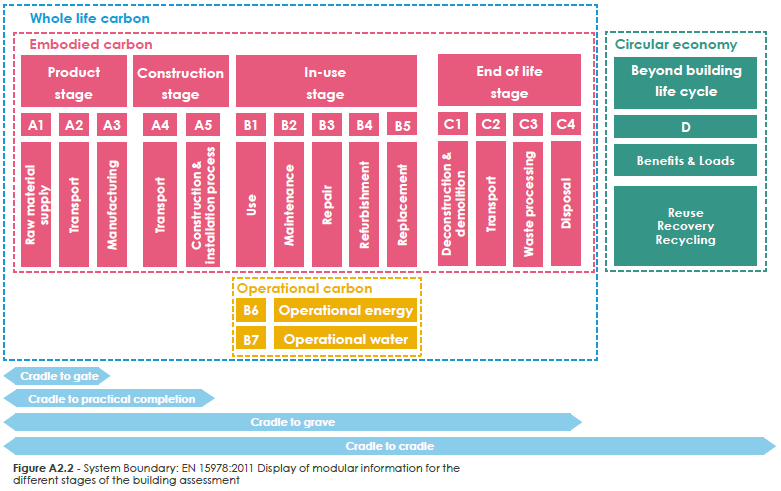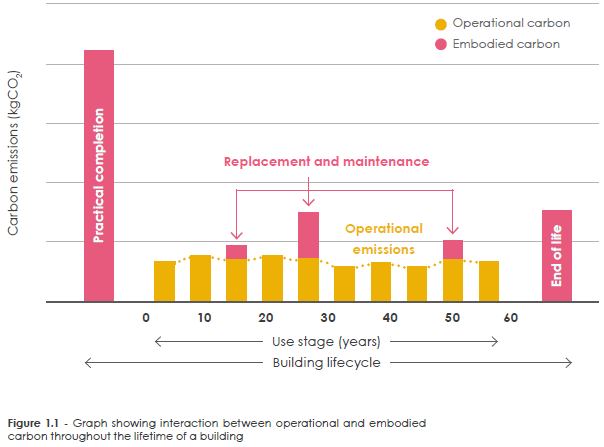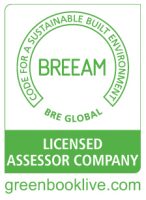Net Zero Carbon
With Net Zero Carbon the industry refers to achieving an overall balance between GHG emissions produced and GHG emissions taken out of the atmosphere of the earth. Unlike a Gross Zero target, where all sources become “zero”, Net Zero takes into account some residual emissions, where GHG offsetting is achieved by removing emissions through initiatives such as planting trees or carbon capture and storage technologies.
What do we mean with “carbon”?
We are aware that some Clients, especially who is comfortable enough to admit it, need a bit more background about the “carbon” definition. For everybody who doesn’t really use any actual carbon for their activities and may be wondering what the point is in lowering their carbon emissions, we have listed below the key industry metrics:
- Global Warming Potential (GWP). A measure of how much heat a gas traps in the atmosphere relative to carbon dioxide (CO2) over 100 years. The benchmark is that 1 kg of carbon dioxide = 1.
- Carbon Dioxide Equivalent (CO2e). Used to express the GWP of any gas in terms of kg CO2. For example methane has a GWP of approximately 32 kg CO2e.
“Reducing carbon” refers to reducing carbon dioxide equivalent i.e. the GWP.
The pathway to net-zero started a few decades ago, with the Kyoto Protocol. The key drivers to date have been the following:
- 1997, Kyoto Protocol: GHG emissions reduction (baseline 1990);
- 2007, 20-20-20 EU Strategy: -20% GHG emissions by 2020, +20% update of renewables, +20% energy efficiency measures;
- 2014, 40 – 32 (renewables) – 32.5 (efficiency): -40% GHG emissions by 2030;
- 2016, Paris Agreement: 1.5 – 2 °C above pre-industrial levels;
- Setting short and long term carbon neutrality targets, typically by 2050.
Net-zero carbon or carbon neutral?
With the current technologies, apart from a few market niches and even then limiting the boundary to a specific scope only, carbon offsetting today is not just an option, but a necessity to achieve net-zero carbon status. Offsetting is the process of compensating carbon emissions by contributing, usually financially, towards solutions to reduce emissions elsewhere. Typically, this is put in practice by establishing carbon offset funds which then invest in renewable energy and other carbon reduction measures.
With “carbon neutral” the industry historically refers to a more established approach where organisations fully exploit carbon offsetting as their main method to lower and potentially outweigh (i.e. becoming net-positive) their carbon impacts.
Scope 1, 2 and 3 GHG emissions
In their definition of net-zero carbon status, organisations should take into account not only Scope 1 and 2 GHG emissions, which are usually within their control, but also Scope 3. For clarity:
- Scope 1 includes direct emissions from sources that are controlled or owned
by the business, for example onsite fossil fuel consumption and company
fleet fuel consumption. - Scope 2 are indirect emissions, such as emissions from electricity, heat or
steam provided by utilities companies. - Scope 3 are from sources not directly owned or controlled, such as business
travel, transportation and distribution, purchased goods and services, leased
assets, solid waste and wastewater treatment, etc.
The figure below shows an overview of GHG scopes and emissions across the value chain:

It is important to specify the boundary of a net-zero target i.e. whole life carbon or just one of the two components below:
- embodied carbon i.e. the amount of GHG emissions created during the processes of material extraction, manufacturing, repair, refurbishment, replacement, demolition and disposal;
- operational carbon i.e. GHG emissions related to energy, water and other resources’ use.
The figures below are taken from the London Energy Transformation Initiative (LETI)’s Climate Emergency Design Guide:

For the property sector, operational GHG emissions associated with the building energy use are typically between 40% and 65% of the total carbon emissions. They include both:
- regulated emissions (heating, cooling, mechanical ventilation, lighting, hot water, pumps and fans), which are usually covered through energy modelling software used for EPCs and Building Regulations UK Part L (BRUKL) documents;
- unregulated emissions (lifts, small power, IT, server rooms, kitchen and catering appliances, process equipment, etc.).

Net-zero carbon buildings and Nearly zero-energy buildings (NZEB)
The definition of “net-zero carbon” building is not set in stone, however there are certain principles that have been almost universally recognised as must-have and also apply in a well-defined sorting order of priorities, such as:
- Reduced construction impact (minimisation of embodied carbon);
- Reduced operational energy use (some extend the scope to water and other natural resources too);
- Increased on-site renewable energy supply;
- Increased off-site renewable energy supply (this includes green energy procurement);
- Offsetting any remaining carbon;
- Regular disclosure of embodied and operational carbon and offsets.
You may find many similarities with the definition of “Nearly zero-energy buildings” (NZEB) introduced with the Directive 2010/31/EU, recast of the EPBD 2002/91/EC: Nearly zero-energy buildings have very high energy performance and the low amount of energy that these buildings require comes mostly from renewable sources, produced on site or nearby. All new buildings should be NZEB by 31st December 2020.









